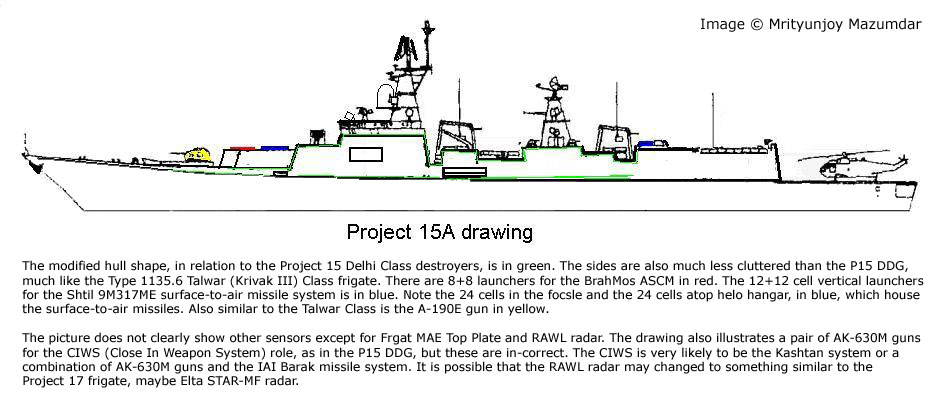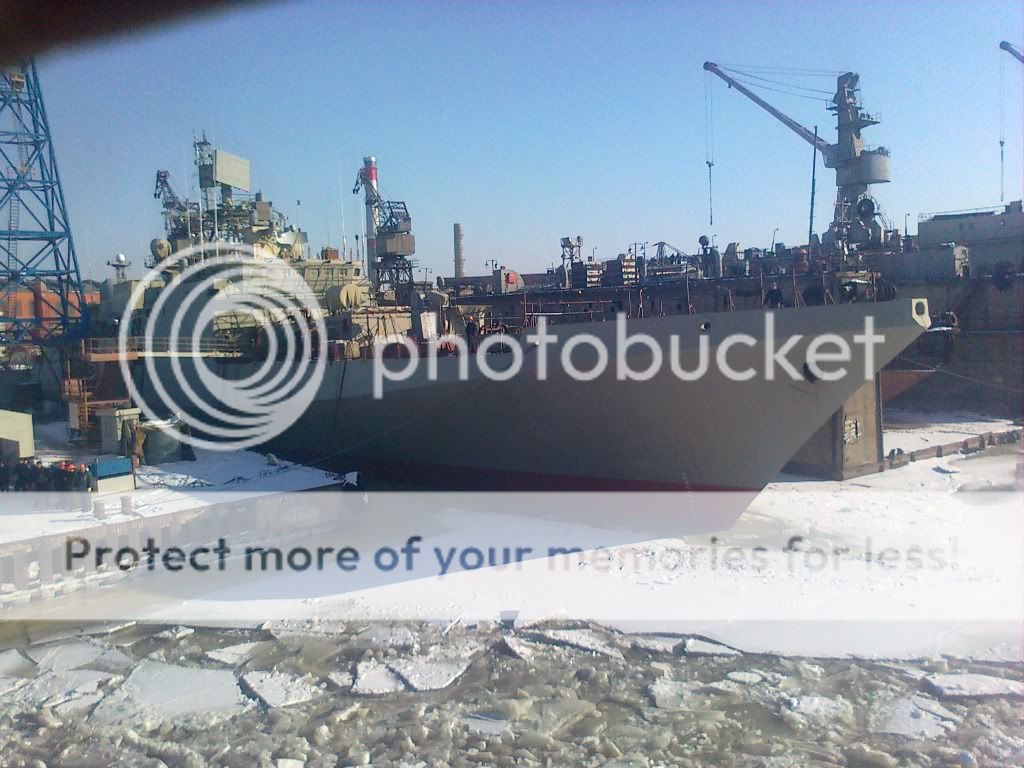Another menacing pirate mother vessel neutralized by Indian Navy and Coast Guard
Sunday, February 06, 2011 8:14:02 PM by ANI (
Leave a comment ) New Delhi, Feb 6(ANI): In a well coordinated and jointly conducted operation, the Indian Navy and the Coast Guard intercepted Prantalay-11, a pirate mother vessel which was being used by Somali pirates since April last year, for piracy at various locations in the Indian Ocean.
"In the evening of February 5, the Western Naval Command, which has the responsibility for all maritime operations on the western seaboard of India, received inputs from its warships at sea that a Greek-flagged merchant ship, MV Chios, had experienced a concerted attacked by pirates aboard high-speed skiffs, some 100 north west of Kavaratti island. Fortunately, the merchantman had, through a judicious mix of speed increases and evasive manoeuvring, managed to avoid being boarded," a defence ministry statement said.
"Joint planning teams of the Indian Navy and the Indian Coast Guard immediately swung into action and the training frigate INS Tir, as also CGS Samar of the Coast Guard, both of which were already on an anti-piracy deployment in the general area, were ordered to search, locate and intercept the skiffs and the mother-vessel from which the pirates were appreciated to be operating."
"Some astute professional work at sea resulted in the ships locating two skiffs in the early hours of February 6. However, upon being ordered to stop and prepare to be boarded, the pirates aboard the skiffs opened fire at the Samar and the Tir, before speeding off," it added.
However, the Indian Navy and Coast Guard ships tracked the skiffs back to the pirate mother-vessel, which turned out to be the hijacked Thai trawler, Prantalay-11.
"This is one of a series of trawlers, all bearing the generic name Prantalay, but which distinguished from one another by their suffix number. Several of these trawlers are known to have been hijacked by pirates off the coast of Somalia, between four and six months ago," the statement said.
"Efforts to contact Prantalay-11 on radio had the rather unexpected result of the naval warship and the coastguard vessel being once again fired-upon. Retaliating with strictly proportionate force, the Tir and the Samar returned fire. The resultant fire-fight was brief but decisive, with the pirates quickly losing any stomach they might have had for a protracted confrontation and hoisting the white flag of surrender," it added.
A mix of pirates and crew-members, who were being held hostage aboard the trawler, are now being brought back to Mumbai.
"The Prantalay-11 has been taken under tow by CGS Samar and the gallant Coast Guard ship is now en-route Mumbai where the pirates, hostages and the pirate mother-vessel will be handed-over to the requisite police authorities for further action," the statement said.
Earlier on January 28, the Indian Navy and the Coast Guard had intercepted Prantalay, which had been a risk to international shipping for many months and had carried out several attacks. (ANI)
http://www.thaindian.com/newsportal...by-indian-navy-and-coast-guard_100499169.html




